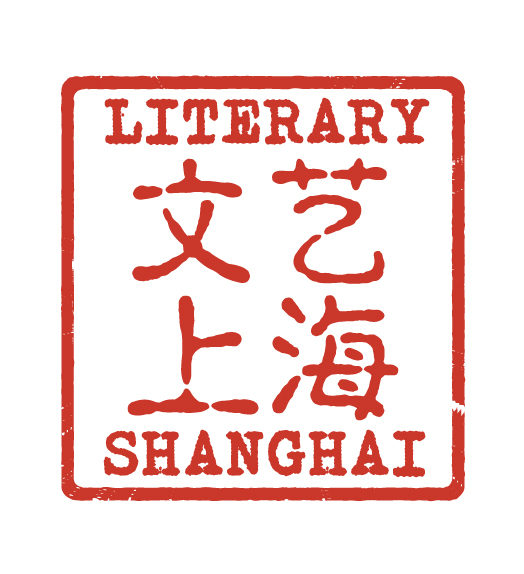The journal of Literary Shanghai
/əˈluːvɪəm/
noun (pl) -viums, -via (-vɪə)
- a fine-grained fertile soil consisting of mud, silt, and sand deposited by flowing water on flood plains, in river beds, and in estuaries
1660s, from Medieval Latin alluvium, neuter of alluvius “washed against”, from Latin alluere “wash against”, from ad- “to, against” + -luere, comb. form of lavere “to wash”.
We have selected the name Alluvium because it sums up the purpose of our journal: to reflect the nature of Shanghai not as a centre, nor even as a gathering point, but as a conduit for people and cultures and ideas – what they leave behind as they pass through, how they are affected by the city, and in turn how the city is influenced by their arrival, their presence, and their departure.
Shanghai was created over many centuries by alluvium – by the silt that accumulated in the salt marshes of the Huangpu River, and later by a series of arrivals and retreats: traders, pirates, merchants, colonists, waiguoren and waidiren. The city was forged through change and shaped into a permanence by impermanent forces.
We seek to publish work that reflects this phenomenon of various forces washing against one another. What is left behind on these pages enriches the local soil, creating fertile ground for the next generation to cultivate its own nourishing fare as it passes through these same grounds.
For details on how to submit, see our Submission Guidelines.
我们选择以Alluvium为名,因为它概括了我们这份期刊的宗旨:即反映上海的本质不仅是一个中心,也不只是一个聚集点,而是联通各种人、文化和思想的导体—-不同的人经过这里时留下的印迹,他们所受到的这座城市的影响,以及这座城市又如何因他们的到来、存在和离去而有所不同。
多少个世纪以来,积聚在黄浦江盐沼中的淤泥造就了上海,后来又受到一批又一批到来的海盗、商人、殖民者、外国人以及外地人等的影响。正是一系列的变革和这些非永久性的力量,造就了上海的永恒。
我们力求出版的作品能反映各种力量的这种相互交融,透过文字所传递的内容使上海的本土气息更浓郁,为下一代培植肥沃的土壤,使他们在途经同一片土地时培育自身的养分。
关于投稿的更多信息,详见投稿要求。
